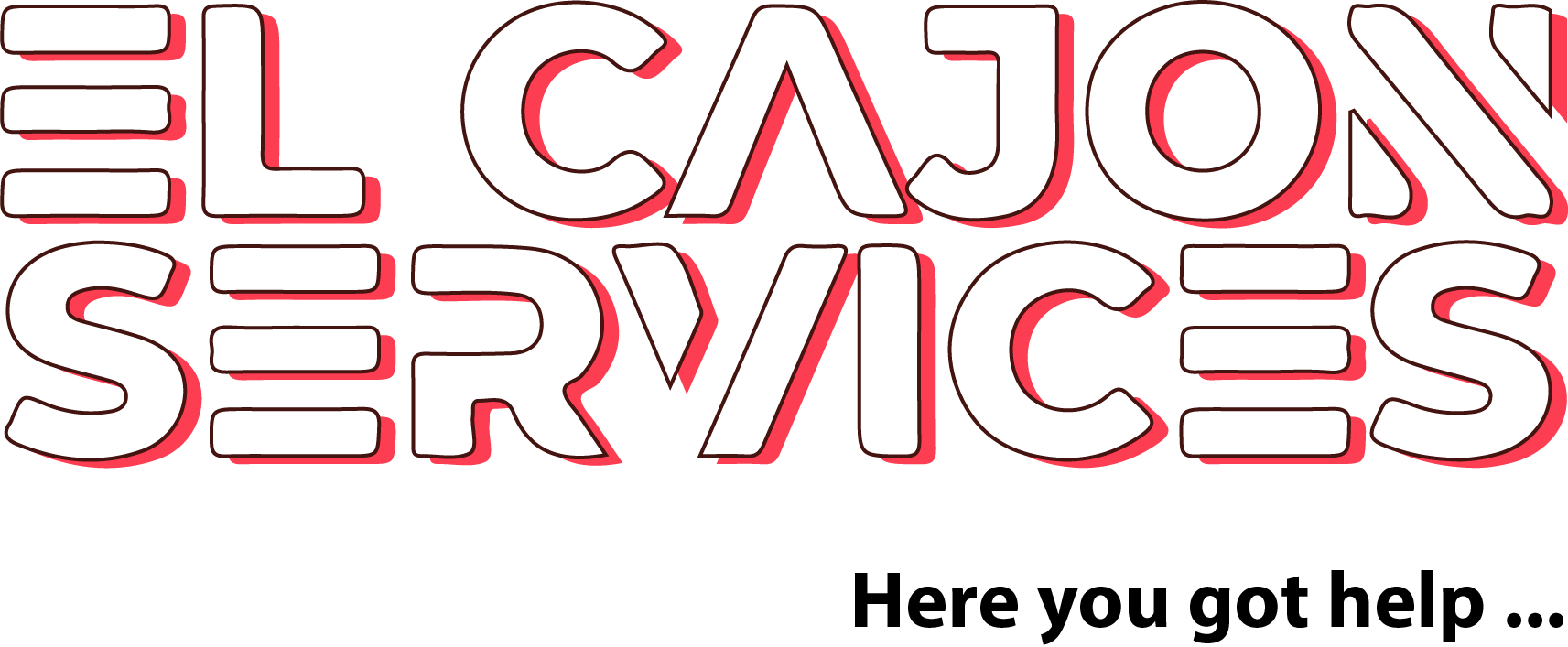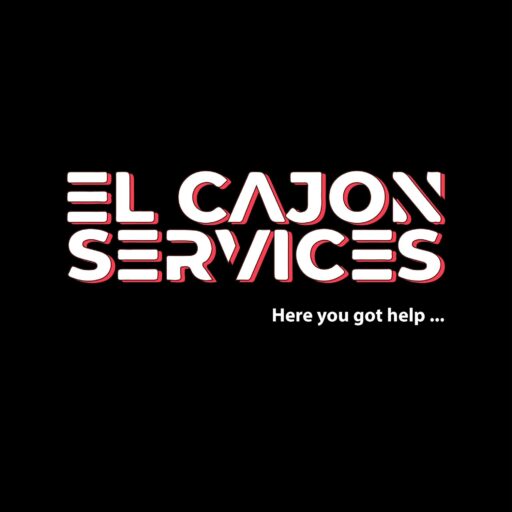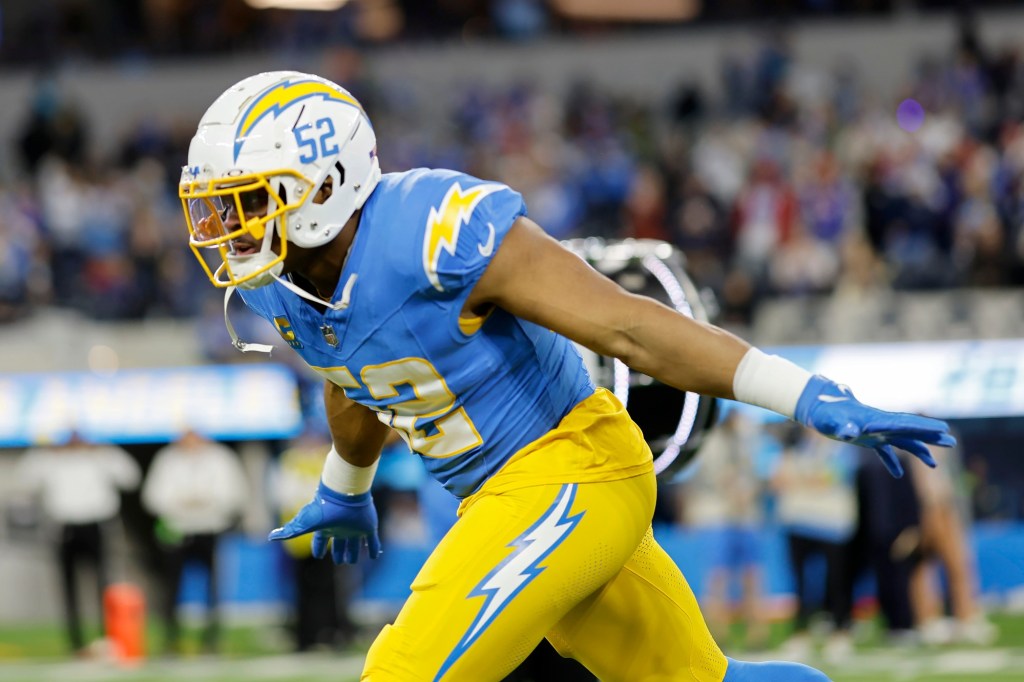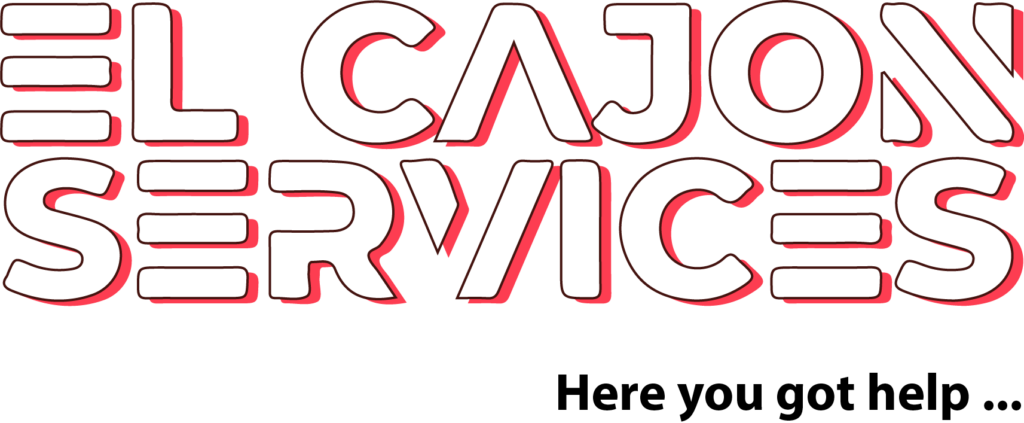Your Local SEO and Digital Marketing Experts in San Diego County
If Los Angeles is a city in flux — a place with an ever-shifting center that’s home to many a transplant and is sometimes too eager to favor the new — then perhaps no neighborhood better embodies our town than downtown. Once the beating heart of the region, downtown has survived multiple eras of ups and downs, and remains a place in constant transformation.
To live in downtown — I have been a resident of the area for nearly 15 years — is not only to confront the fantasy of Los Angeles but also to come face to face with the city at its most dystopian. It’s a neighborhood of clashes, home to the grandeur of Walt Disney Concert Hall, the romance of rooftop eateries, the idealized history of Olvera Street and, of course, the harsh realities of class inequity and unrealized dreams, as downtown and Skid Row remain the epicenter of our homeless crisis.
And yet, downtown is history.
The Angels Flight Railway today is a charmer, a short theme-park like journey connecting the heights of Bunker Hill with the Historic Core and Grand Central Market. But the Bunker Hill of today, with its skyscrapers and art museums, is a long way removed from its turn-of-the-century Victorian homes — or the so-called blight that the area was in the 1940s and ’50s when the rich jettisoned downtown. Displacement and leveling occurred.
Downtown is contradictions. Until 1957, downtown buildings were capped to a height of 150 feet. A building boom followed, and downtown won its reputation as a place occupied by 9-to-5 office workers by day, deserted by night. Today, unfinished skyscrapers have become canvases for graffiti artists, and a post-pandemic work-from-home lifestyle has pinned the hopes for downtown’s future on its potential as a residential area.
Downtown is the center of our city — where settlers and indigenous people before them found freshwater — but emblematic of a region where its people refused to agree upon a center for any length of time. Or weren’t always given a choice. Our magnificent Union Station, today a burgeoning public transit hub, was built on ground that was the original Chinatown. To fully embrace downtown is to be forced to reconcile our city’s sometimes messy past.
And yet downtown is home. The ornate movie palaces of Broadway still stand, though are used more often as concert venues today. One is an Apple Store, the arrival of which in 2021 was itself seen as something of a pivotal moment, heralded, much as was the return of Ralphs to the area in 2007, as a sign that downtown was once again a livable destination.
But it always was. To try to capture downtown in a neighborhood guide is nearly impossible: The Historic Core is as different from Bunker Hill as South Park is from the Fashion District. We’ve splintered off the Arts District, which is equally unwieldy, and have defined downtown as a place stretching from around Union Station to the mecca of activity near Crypto.com Arena. Look for the neighborhoods-within-a-neighborhood that are Little Toyko and Chinatown to receive a similar treatment soon.
What you’ll find here is a look at a heavily walkable slice of Los Angeles, a place where gourmet food resides in the 100-plus-year-old food hall of Grand Central Market, where cocktail bars such as the Wolves attempt to whisk us to a yesteryear that never existed, and a bookstore has become a tourist destination that serves as a living art gallery. There’s more to the region than is captured here, of course — the details of our city’s founding, for instance, or the battle over the creation of a French dip sandwich. But what is here is comfortable and communal, be it the gloriousness of a flour tortilla or the coziness of a neighborhood bar.
Downtown, finally, is a mystery. Venture into an alley, for example, to find the Smell, still the best all-ages location for underground and experimental music. Turn into a somewhat abandoned courtyard and stumble into a nearly forgotten slice of Old World kitsch. Nestled near the heart of Skid Row lies Mignon, one of the quietest, most intimate wine bars in the city. And hiding in the Central Library just happens to be one of the city’s niftiest little gift shops.
That it can hold all this and more, that it can be the birthplace of our city yet also one of our most malleable neighborhoods, is key to downtown’s allure. It can be grimy and unvarnished, sure, but it’s also never stopped dreaming. Is it the city core that it was envisioned as more than a couple of centuries ago? For many, it was never anything but.
What’s included in this guide
Anyone who’s lived in a major metropolis can tell you that neighborhoods are a tricky thing. They’re eternally malleable and evoke sociological questions around how we place our homes, our neighbors and our communities within a wider tapestry. In the name of neighborly generosity, we included gems that may linger outside of technical parameters. Instead of leaning into stark definitions, we hope to celebrate all of the places that make us love where we live.












